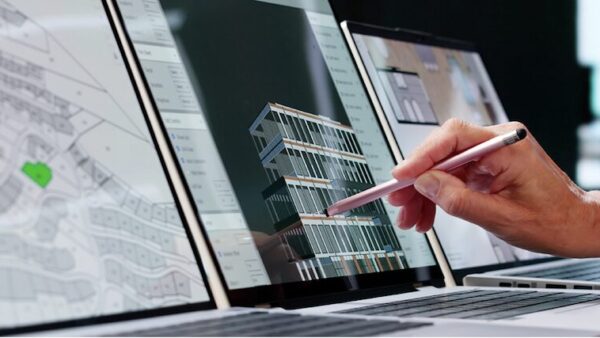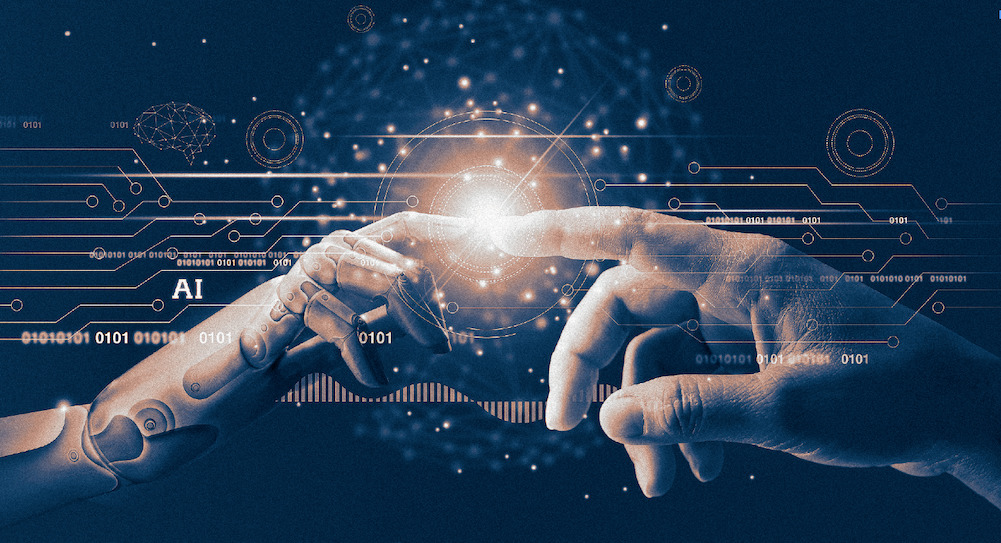
“Architects may become a thing of the past.” This was the stark warning issued by chatbot ChatGPT in February when it was asked about the threat that artificial intelligence (AI) poses to the profession.
ChatGPT has generated huge attention since being launched at the end of 2022. Reports have quickly spread across the internet of its capabilities, such as writing highly specialised essays, poems or code almost instantly. Its shocking statement about architects also included the observation that architects who ignore the potential of AI
“risk sleepwalking into oblivion”.
It made the alarming comments in a text conversation with AI architecture expert Neil Leach, a professor at Florida International University. Leach asked ChatGPT for an “attention grabbing” answer to how AI could negatively impact the architecture profession in the future. It replied: ”AI is quickly advancing to a point where it can generate the design of a building completely autonomously. This could spell the end of the profession as we know it, raising questions of what the future holds for architects in a world of AI-generated buildings.”
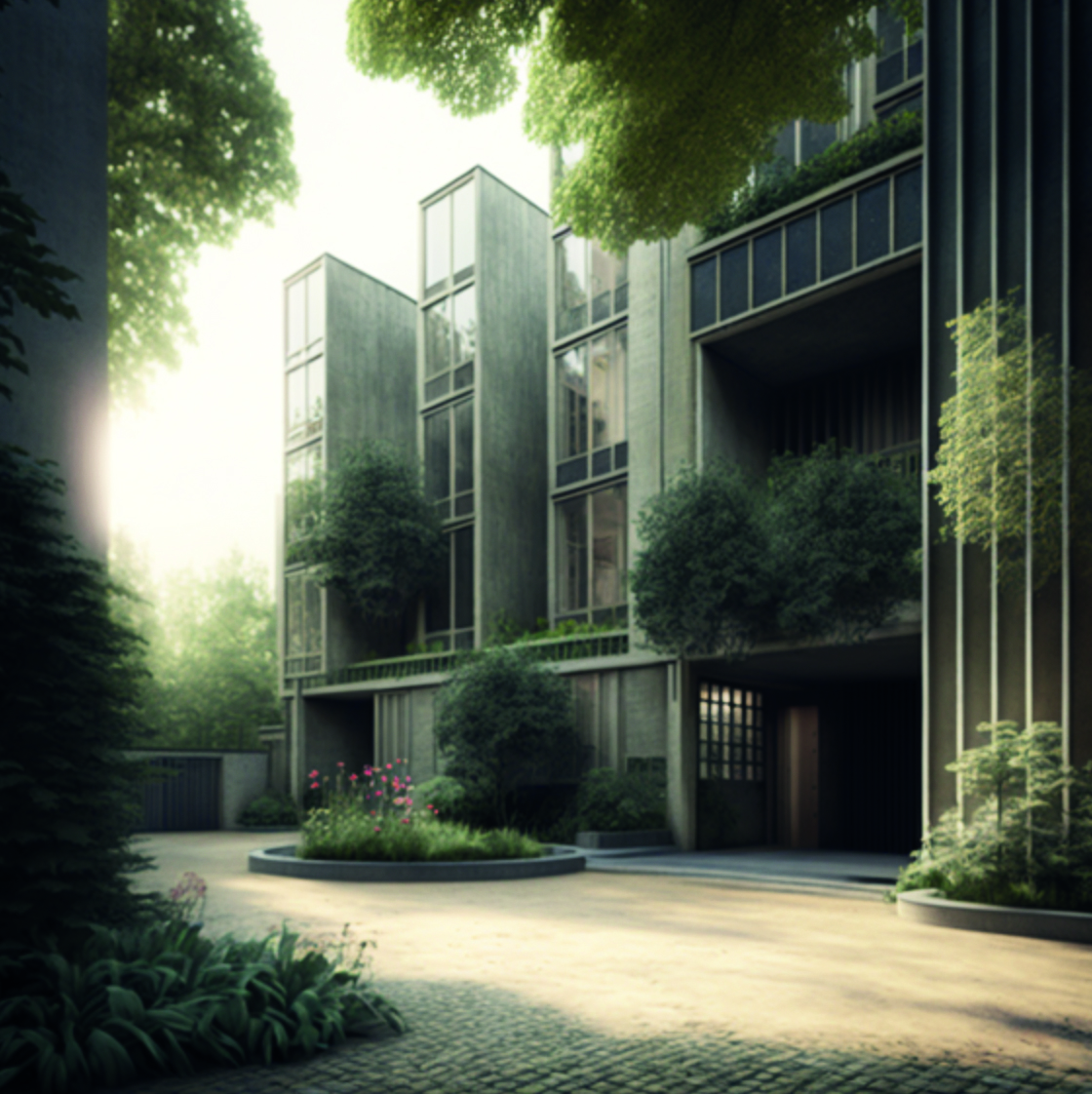
AI has become a major talking point among architects and designers in the past two years, accelerated by the advent of text-to-image generation software like OpenAI’s Dall-E 2 and Midjourney.
Many users have created images of imaginary buildings using these tools. The images created by these bots have become an internet sensation and led to discussions about how they could impact the future of design and architecture.
No emotional intelligence
In an AJ article about the threat AI poses to architects, Merlin Fulcher wrote: “Work that previously took hours of skilled labour at considerable cost to the architect profession can now be mimicked instantly, offering clients, architects and architecture students a new tool that could upset established business models. While the technology is still in its infancy and AI-generated renders are clearly a long way off from being able to replace ones drawn by humans, the ability to quickly create ideas in response to a real-life brief could bring rapid changes and unexpected outcomes. There are big questions about the impact this could have on the architectural industry.”
However, architects have hit back saying that while AI will change the way they work it currently has limitations. Architect and entrepreneur Alexandra Groszek told AJ: ’With basic parameters, AI can produce some interesting outputs on a small scale. But when it comes to a larger building design, AI alone is not able to handle the complexity yet.’ As long as AI has no emotional intelligence, I think humans cannot be replaced in design for those that believe it has value beyond function.”

Pablo Zamorano from Heatherwick Studio says the key is to use the tech to your advantage. “Machines can take on tasks, like planning a car park, that enable designers to spend more time exploring ideas that make a real social impact. What will definitely change is the way we interact with these design tools. These workflows get more natural, so the interaction between machines and designers will be normalised instead of being separated.”
Håvard Haukeland from Autodesk says “AI and automation will play a greater role in the design process by, for example, predicting outcomes and automating tedious tasks such as number-crunching or sourcing data, while freeing up more time for architects to focus on design work.
“New digital processes will potentially enable architects to rethink their business models such as testing new fee structures and diversifying their services. As a result, more firms will invest in innovation officers and digital strategists to ensure a cohesive approach to architecture, business, and technology.”
Factory settings
So what of actual products? American designer Dan Harden of industrial design company Whipsaw said that AI is “gradually” entering industrial design but is “still primitive”.
“Unlike digital design, where AI is integrated within a common software platform, product hardware design is different,” he told Dezeen. “The three-dimensional aspects of a product and its relationship to its user and its environment present exponential challenges for AI, mostly because it cannot perceive the dynamic user interaction nuances within the physical world in which a product resides.”
But robots in manufacturing is nothing new. This is the age of smart production lines and factory automation, where in other industries robots are applied to perform extremely dangerous tasks, improve flexible manufacturing, reduce manpower cost and save development time. The automotive industry has been using industrial robots for more than half a century, since General Motors first adopted the UNIMATE in the early 1960s.
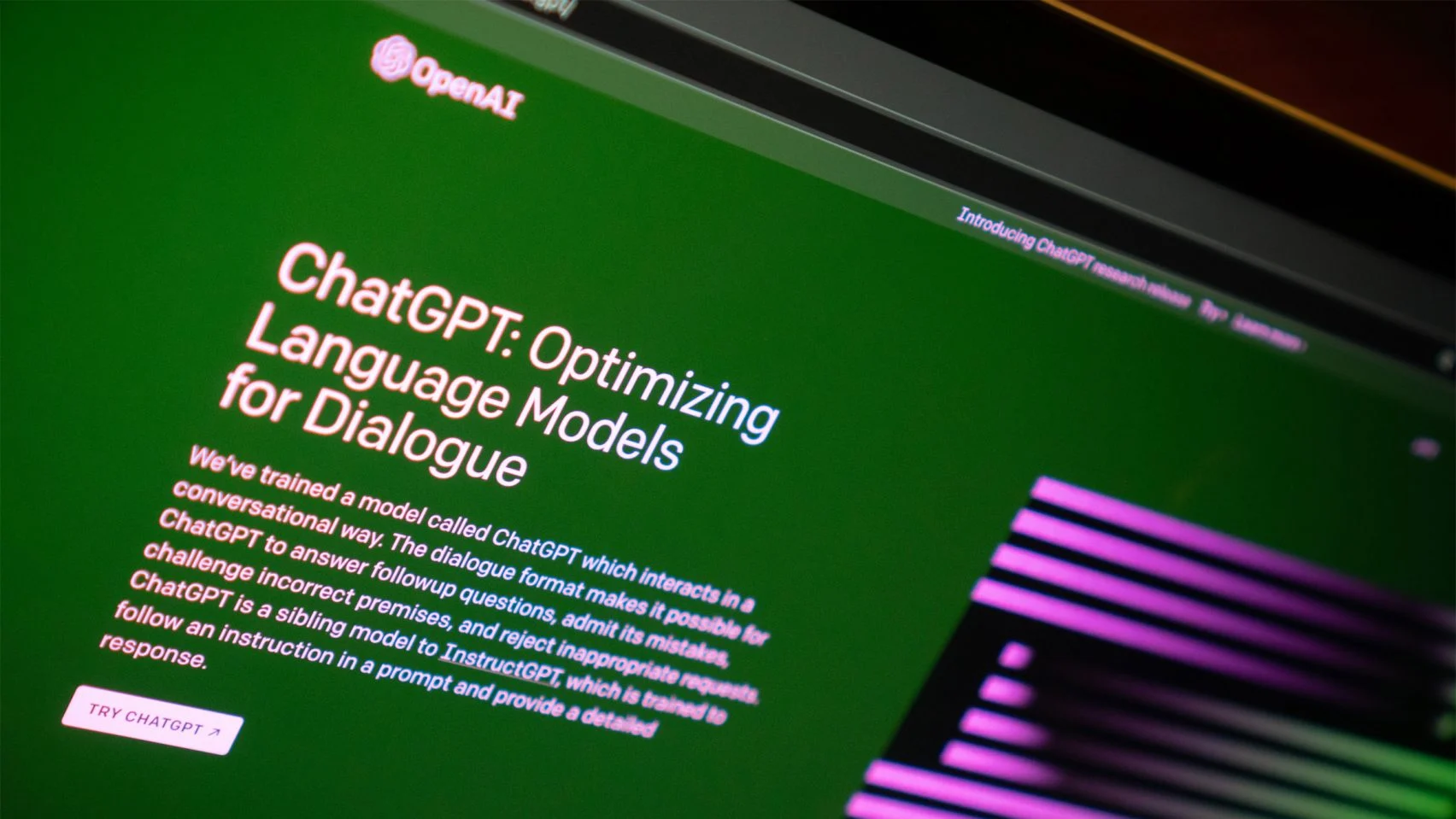
Robot labour
AI is being used in construction in a host of ways from construction robots, BIM, wearable tech, data analytics to tool tracking tech, IOT, drones and 3D printing.
Mace’s director of innovation, Matt Gough said in an article on BIM+ : “We expect the use of this technology to be rapidly scaled up and include the automated fabrication of modular homes and building components off-site, robotic welding and material handling on building sites and robotic 3D printing of houses and customised structures.
“As well as production, automation will guide us toward a future where machine replaces manual labour in areas where safety, quality or environmental impact demands it. Mace projects in Ireland and Heathrow are trialling the use of robots for quality, safety and progress inspections.”
Some door hardware manufacturers are already using robotic production lines. Metal LS, a Bulgarian manufacturer of door locking systems, door and window handles and building hardware, has put in place an automated assembly of door locks.
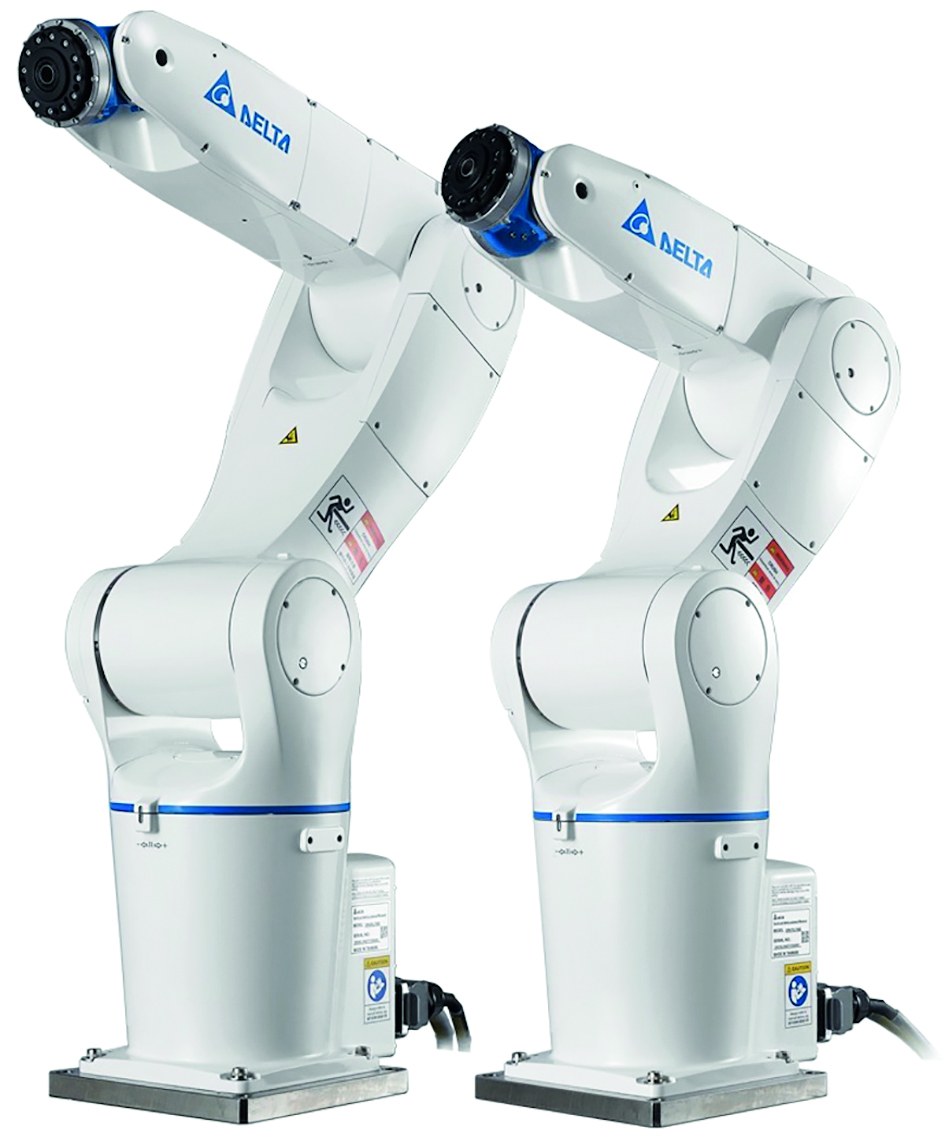
The robotic systems that the company already used for other applications were too large, so the new solutions needed to be as compact and precise as possible. Door and security locks are precision parts with standard dimensions and components stipulated in DIN standards.
Fast work
In addition, the robots needed to achieve high productivity, assembling between 10 and 14 locks per minute. The company also needed a high level of flexibility from the solution and the possibility of retooling so that they could reuse the same system to produce different types of lock in the future.
Metal LS chose a robot system from Delta. Delta supplied programmable logic controllers, a human-machine interface, servo systems and robotic arms with machine vision. A custom workstation for assembly of the mechanical door lock components was created formed of a rotation table, on which seven six-axis articulated robots were installed.
The robots are capable of precise, quick movements and feature a hollow wrist that allows them to be combined with the correct tool for each production step. The system visualises all processes and enables the user to select various receipts for different locks via a touch screen. The assembly line is monitored and communicates with the rotating platform.
Robot scheduler?
Various door scheduling software packages already exists of course. ASSA ABLOY’s Openings Studio is one example. It integrates directly with BIM software Autodesk Revit, to transfer project data to improve the process of creating and visualising 3D doors, frames, and hardware objects.
Currently software still needs human input but Autodesk has been experimenting with how machine learning can improve BIM applications. At the end of 2022 it announced a collaboration with Epic Games to offer Twinmotion – real-time rendering and storytelling that it will be available soon.
Where will it lead? The word on the street is that if you’re not learning how to use AI technology to your advantage you may get left behind. But in an industry that needs creative, technical and problem-solving knowledge the machines aren’t clever enough. At least not yet.
An online quiz based on this feature is now available on the GAI Learning Hub. Completion of this quiz will be worth one CPD point. https://tinyurl.com/ycxttnx8


